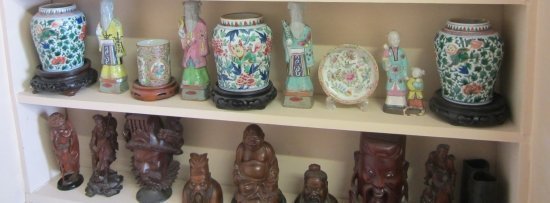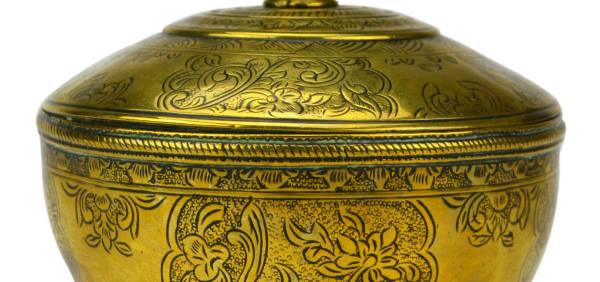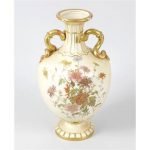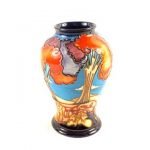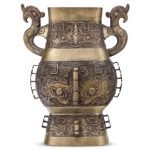The Rainbow comes and goes,
And lovely is the Rose.
William Wordsworth
The lines from the poet in 1803 could just as well have been in reference to rosewood, the remarkable material which was a rainbow of tropical woods which filled the air of fresh roses when cut. Because of its charm the romance with rosewood extended for nearly three centuries.
While it had the scent of the rose, the lovely wood itself decidedly was not rose-like in color. On the contrary the wood was reddish brown with darker streaks deeply within its grain.
In reality the term rosewood represented a grouping of woods from Brazil, India, and other countries which all had the same basic qualities of deep color, density, dark streaks, and resistance to insects.
Historical accounts say the first species of rosewood was imported to England from Brazil during the 17th century. Because of its sometimes deep purple tones, it was also referred to as the violet wood. Other terms which came to be associated with the species were princewood and kingwood. Rosewood from India was similar but with a more neutral color, while later rosewood from Honduras was lighter and more uniformly grained than the others.
Regardless of varying tones and shades, all such wood remained very hard, sufficiently dense, and relatively heavy.
Reportedly rosewood was used as early as 1620 as an inlay with other, lighter woods. Since most European woods lacked the rich warm tints of the much rarer tropical products, it was soon as prized as ebony among craftsmen.
As the exceptional wood became more available through importation early in the 18th century, it was gradually used in more furniture. Besides as an ornamental inlay, it was also used for banding and for panels. Later it came into use as a veneer, and finally as a fully developed piece.
Generally rosewood did not become extensively established as a solid piece of furniture until the second half of the 18th century. In 1773 the writings of Matthias Darly in A Complete Body of Architecture made reference to “A Design of a Dressing Table for A Lady. Two Dressing Tables have been made of Rosewood from this Design, which gave an entire satisfaction.”
By the 1780s and 1790s the use of rosewood was second only to mahogany in the crafting of fine side cabinets in England. And by the onset of the England’s Regency Period in the early 1800s it was in very high regard.
David Linley, author of the exceptional reference Classical Furniture confirms, “rosewood, with its rich color and dark streaking, was exceptionally popular during Regency times.” It was a time when the wealthy took a “delight in exotic woods” and the romance lead to “a fashion for rosewood set off with ebony.”
By 1815 highly fashionable rosewood furniture ranged from daybed or chaise lounge in Grecian style with brass inlay to the drum-like writing table with both real and false drawers.
In truth rosewood lent itself well to both England’s Regency Period furniture and France’s masterful Empire style furniture early in the 19th century. Gilded metal in ornamental forms, or ormolu, was especially favored with rosewood during the height of the French Empire period. At the same time England’s renowned Thomas Sheraton had recommended, “with rosewood, let the decorations be ormolu, and the inlay of brass.”
Rosewood and walnut were the preferred primary woods for leading American makers of top quality furniture by the 1850s including Christian Herter. Herter and other top craftsmen typically used rosewood primarily for formal drawing and reception rooms while selecting walnut for dining rooms and private libraries.
On occasion rosewood could also be found in the finer bedrooms, too. In New Orleans furniture craftsman Prudent Mallard used rosewood and marble to fashion elaborate bedroom suites in the 1850s. Mallard was reputed to be the most expensive of the Southern cabinet makers, charging as much as $3,000 for a bedroom set.
Makers also found rosewood highly useful in that era’s effort to coordinate particular furniture with the interior paneling of a particular Victorian room. However it certainly was not intended to totally blend into the background either.
“Restless curves emphasize decoration for its own sake, but the design is consistent,” observes Erwin Christensen in The Index of American Design while describing a rosewood chair that was part of a parlor set of the 1860s.
“Leaves, flowers, and grapes were carved out of thin layers of rosewood, ” continues Christensen, “glued together and steamed to achieve the desired curves. The curved backs were also covered with rosewood veneer.”
The parlor set made by New York City’s John Henry Belter was sturdier too than most would suspect. “Even though this furniture was primarily for display, it was well constructed,” says the author. “Belter claimed it could be tossed out of a window without suffering damage.”
President Abraham Lincoln was said to have used a Belter made laminated rosewood armchair while a resident of the White House in the early 1860s. Two well-documented rosewood Empire-style chairs, used in the Lincoln White House, were sold at auction after the president’s death. Interestingly they were returned as a donation nearly a century later and now sit on either side of a French desk in the Red Room of the White House.
Many Victorian chairs of the 1870s and 1880s were constructed of rosewood, even though walnut was probably more popular at the time. Examples were fine balloon-back library chairs with cabriole front legs which often came in sets of four or six. The library sets sometimes also included a matching table.
One of the most striking rosewood pieces of that Victorian era was the credenza, or a serving table with elaborate drawers. Often the credenza, either in Italian or French styles, with its central drawers and compartments, held family valuables. Mounted gilt bronze and light-colored wood marquetry was used to further decorate the rosewood veneer. Some larger examples stood over four feet tall.
Rosewood was also very much in fashion during the Victorian era in the crafting of settees and matching armchairs. Some were entirely made of rosewood while the parlor sets matched both walnut and rosewood items.
Today distinguished pieces of rosewood furniture representing many periods of the 19th century and even parts of the latter 18th century are highly prized.



